| By Thomas Brett |
Introduction:
The vocals are the most important element in 90% of the mixes you’ll come across, and can mean the difference between a song that connects with the listener, or a song that makes them want to reach for the “skip” button…
On that note, in this two-part blog series I’ll be guiding you through the A-Z of everything you should keep in mind when recording your vocals:
PART 2 (N-Z):
N – Noise: Vocals are an extremely dynamic instrument, and with this being the case, it’s crucial that your recording space is free from any ambient noise (industrial noise, traffic, nature sounds, etc…) that might ruin your otherwise perfect takes.
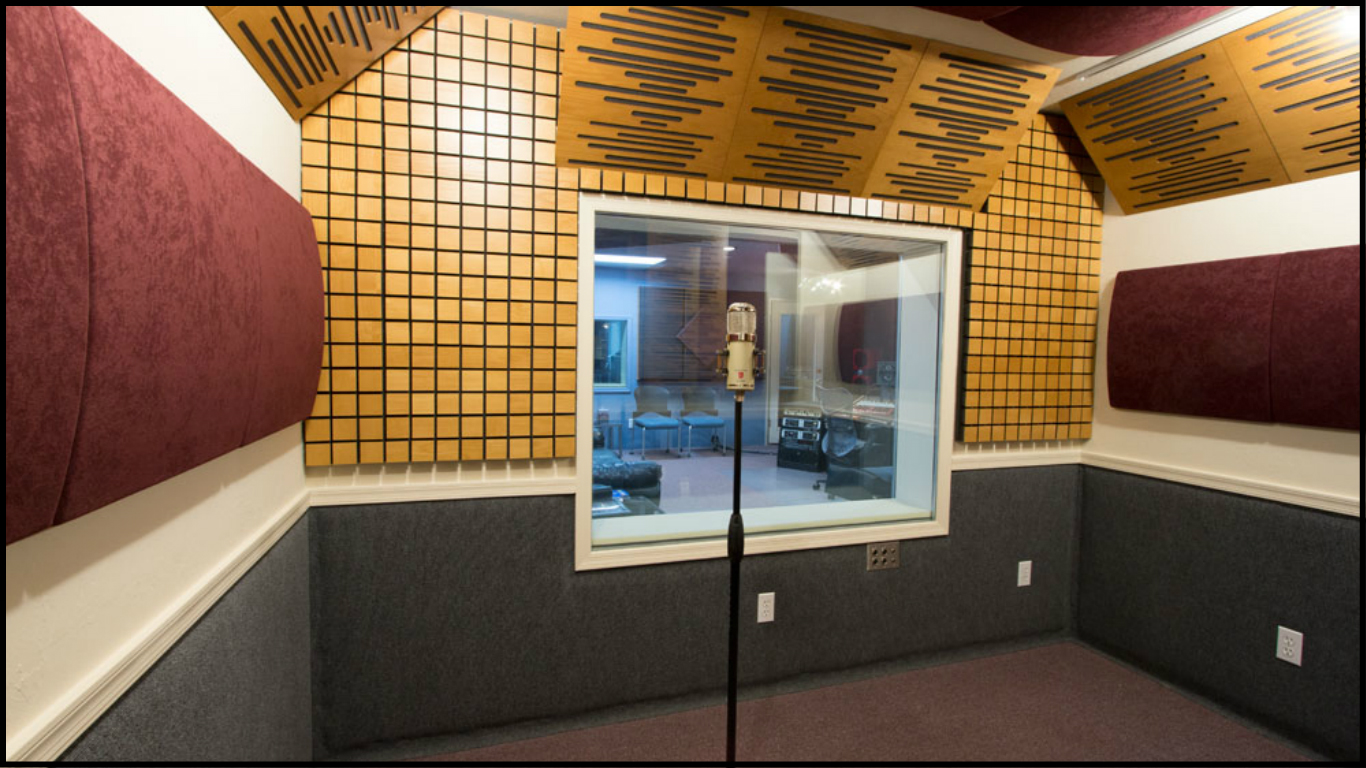
O – Omni: Although cardioid is the most commonly used polar-pattern for recording vocals, switching to omni can often be a better alternative if you have a suitable recording space:
- Due to its non-directional nature, the “Omni” pickup pattern isn’t subject to the proximity effect, meaning it can be extremely handy if you’re faced with an overly boomy voice or instrument which you don’t want to over-accentuate.
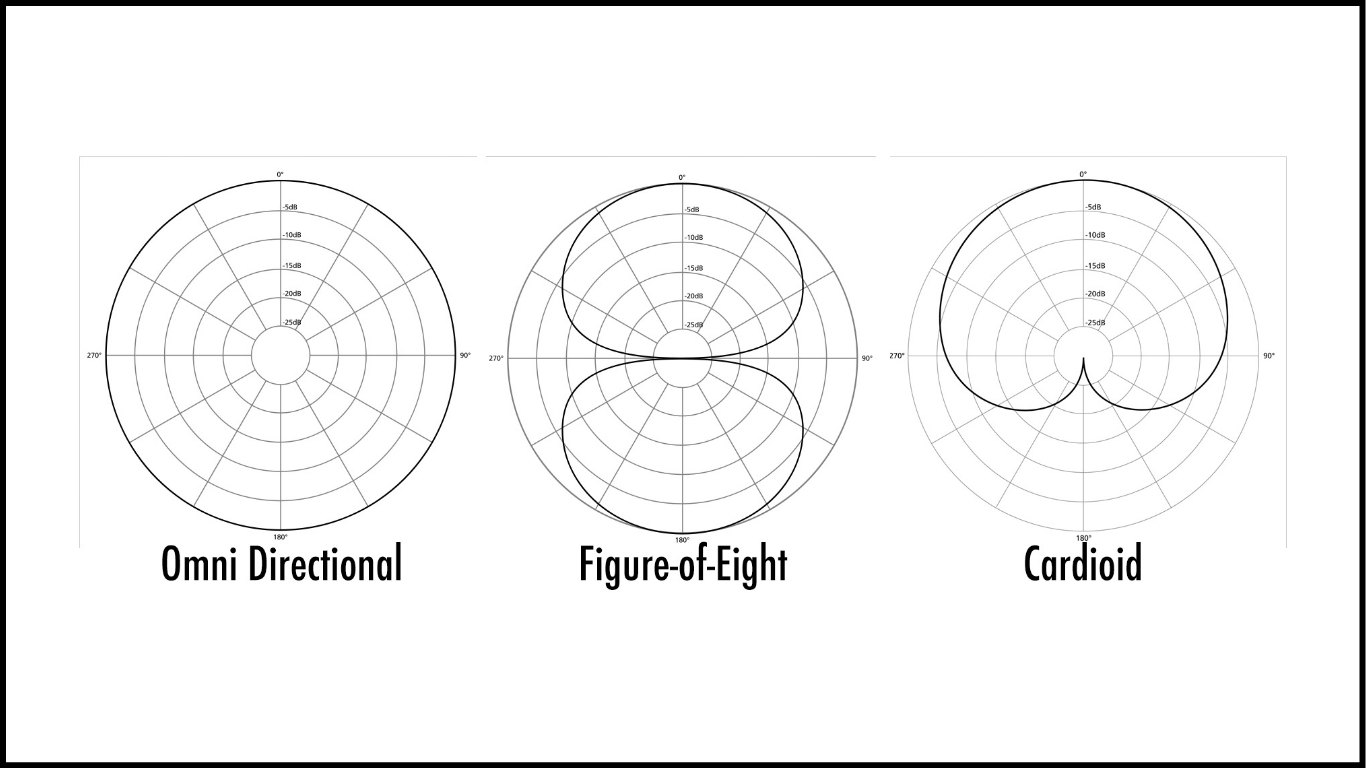
- The catch however, is that you’ll be picking up a lot more of the room sound in the process.
- Simply put: Omni is a definitely an option worth considering if you have access to well-treated tracking space, or are willing to live with a little extra ambience in your vocal recordings!
P – Proximity Effect: The proximity effect is the technical term for the exponential increase in low-end energy that occurs when a source is moved closer to a directional microphone:
- In the context of recording vocals, the proximity effect allows you to alter the amount of low-end energy that’s being picked up by the capsule via simply getting the singer to perform closer, or further away from the microphone.
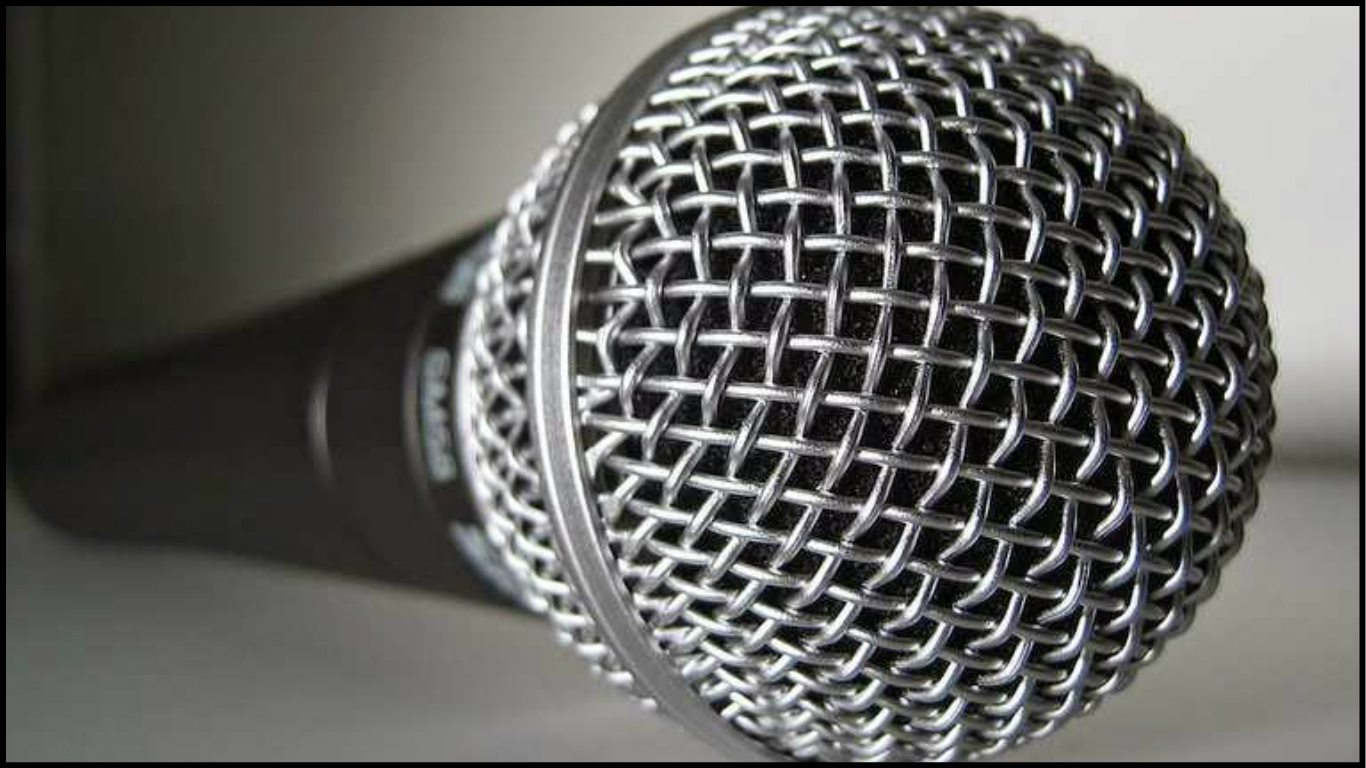
- A basic rule of thumb for the proximity effect is: The thinner the source, the closer you can afford to mic it. (And vice versa)
Q – Questions: A key component in getting the best performance out of pretty much any musician lies in their ability to feel relaxed and comfortable in the studio environment. Especially with singers!
- Every once and a while, asking the vocalist you’re recording whether there’s anything you can do to improve their headphone mix or help them feel more comfortable is great way of building trust and allowing them to give a better performance.

- On a similar note, consistently addressing any questions or concerns the singer brings up throughout the duration of the process in a non-condescending manner will go a long way towards building a good rapport and helping them feel valued, so always be on your best behaviour!
R – Room / Reflections: The most important factor of all while recording vocals is the amount of room sound the microphone is picking up in relation to the direct vocal:
VIDEO: Check out the following clip, in which audio education legend Bobby Owsinski (The Mixing Engineer’s Handbook) talks about how you can go about treating a room for capturing the best recordings at the lowest cost:
S – Sibilance: Although there are methods of dealing with an overly sibilant vocal during the mixing stage, it’s often a better idea to try and reduce the problem as much as possible at the source. Check out my “Death To Sibilance” URM Blog from a while back for an in-depth guide on reducing sibilance during the recording stage.

T – Tuning: Some people like to track their vocals through auto-tune in order to simulate how the final vocal is going to react to tuning. I personally think this is a terrible idea, and strongly believe that you should always start by trying to get them as close to perfect as possible through sheer will power and persistence.
- PS. This being said, I do thoroughly recommend tuning your lead vocals before recording your backing vocals, as it’ll give the singer a perfect point of pitch reference to sing along to.
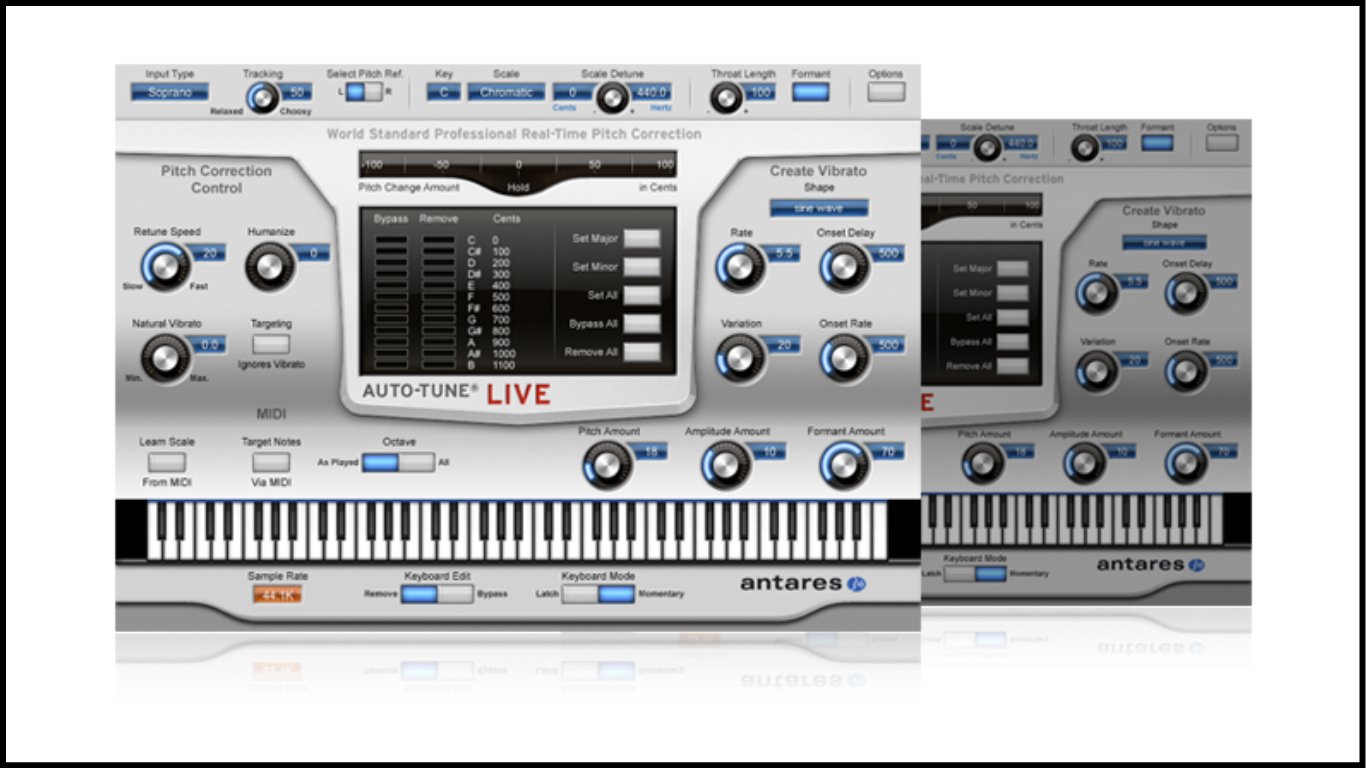
U – Unison: When recording additional vocal layers, it’s important that the singer is matching the word-placement of the lead vocals as tightly as possible:
- If you have the luxury of spreading your vocal tracking across multiple days, you might want to consider recording and comping the lead vocal before the singer comes in to record their backing vocals, as this way they’ll be trying to match the “finalised” performance rather than some random, unedited take.
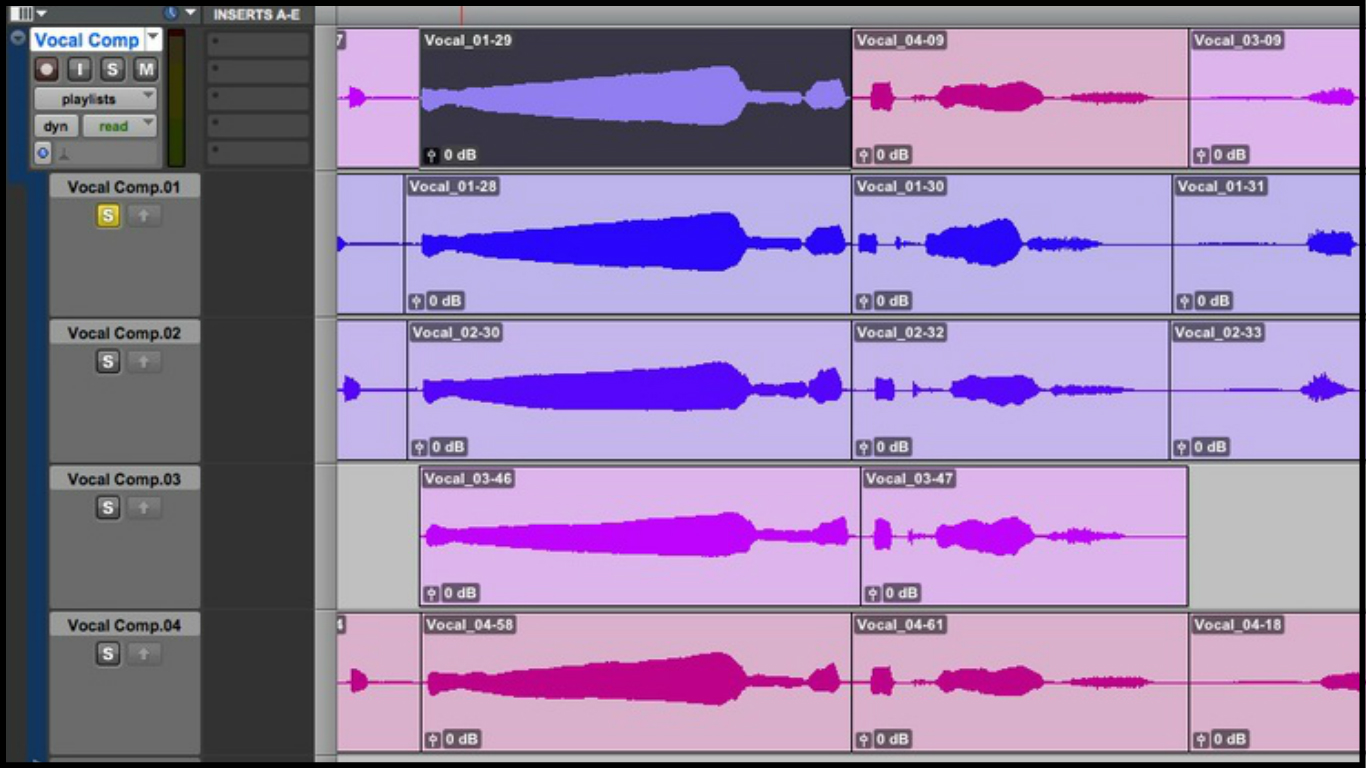
V – Volume: In the same way that it’s crucial to get the singer’s headphone balance right during recording, it’s also important that you’re not listening too loudly for long durations while on tracking duty – Your ears are your biggest asset as an engineer, so make sure you’re protecting them!
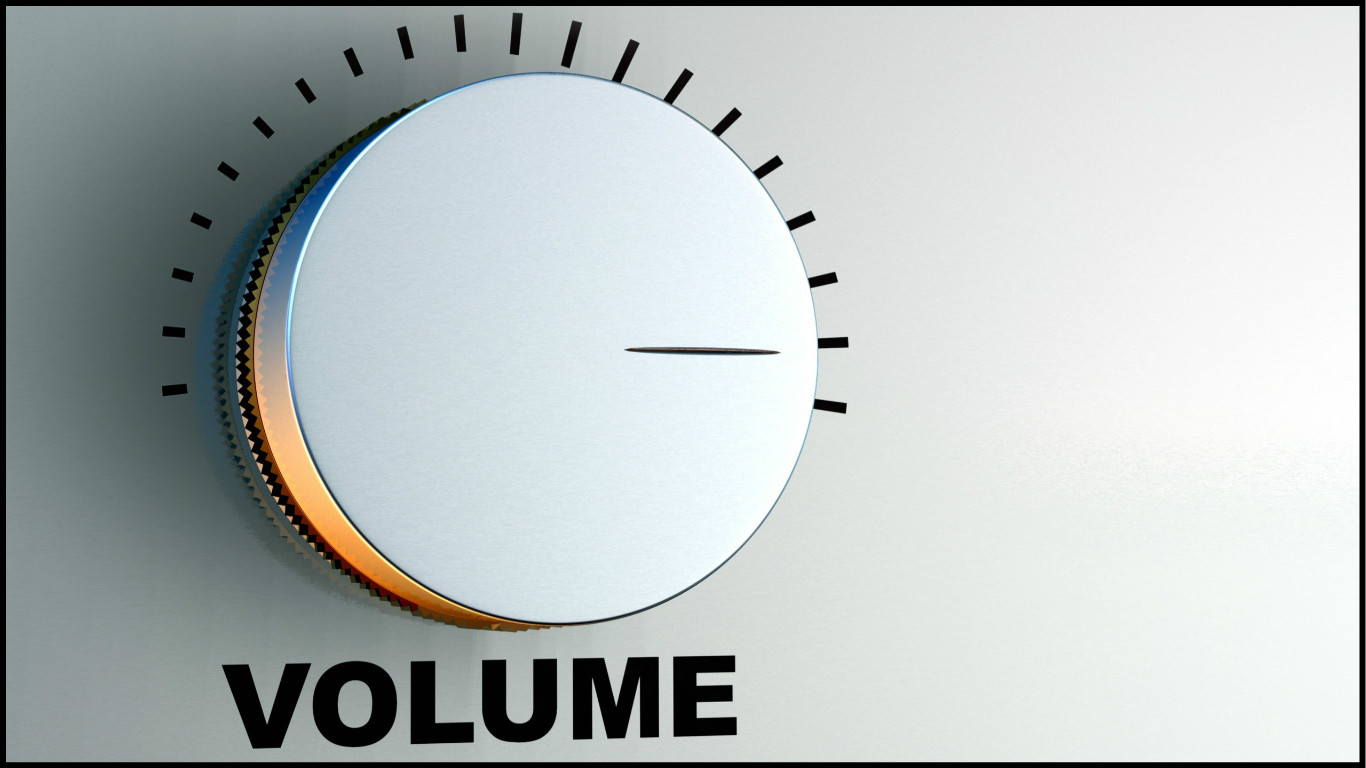
W – Windscreens & Pop Filters: When a plosive sound (p,b,t,d,k,g) hits a microphone capsule directly, it causes a distorted low-end “Pop”. This is where a “Pop filter” comes into play:
- The purpose of a pop filter is to diffuse the blasts of air which are coming out of the singer’s mouth so that they don’t impact the microphone as aggressively.
- Standard pop filters come in two material variations: Fabric, and Metal. Some people like to argue that using a metal pop filter helps retain more high-end in the vocal, however the difference is so minuscule that it’s not really worth worrying about.
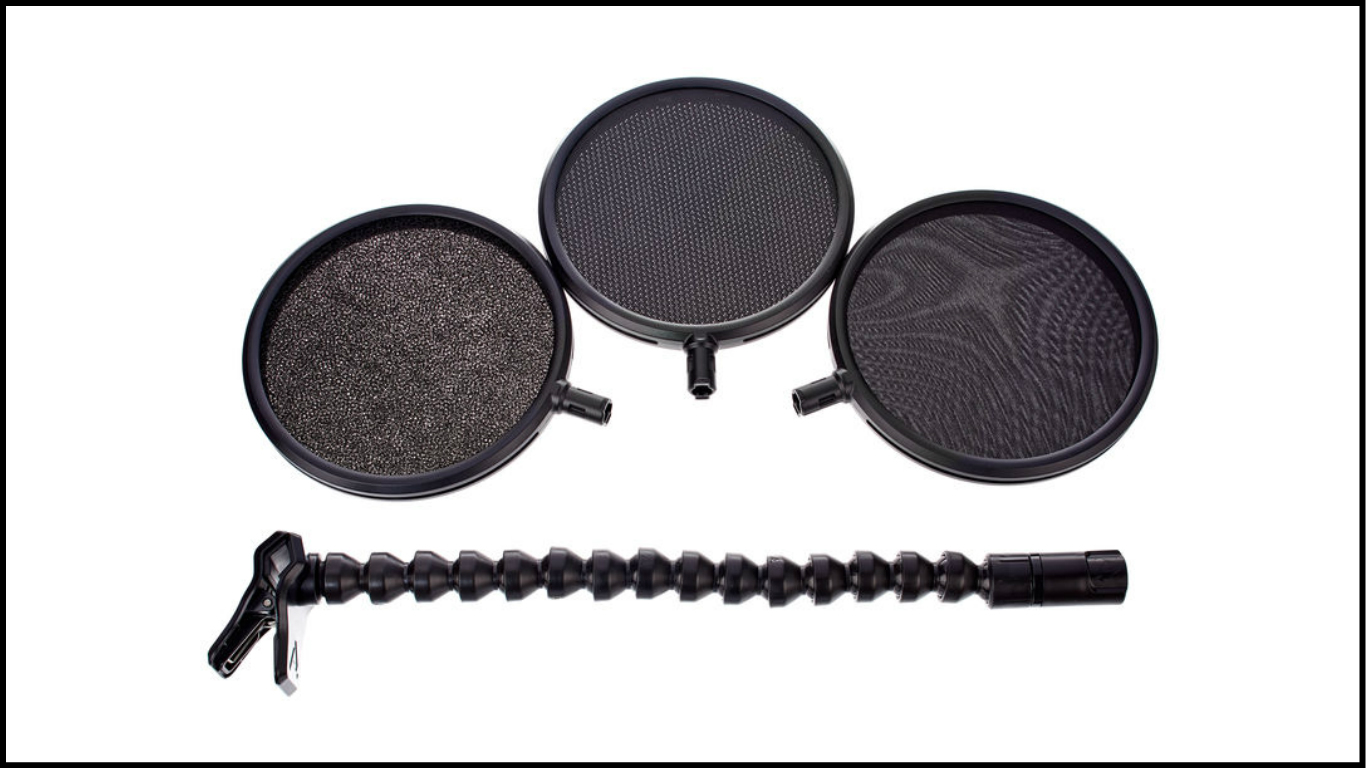
- Some microphones, such as the dynamic Shure SM7B come with a built-in “windscreen”, and don’t necessarily require any further air-diffusion to prevent plosive low-end “pops”. (Although some people do prefer to unscrew the Shure screen and pair the “naked” microphone with a regular pop filter instead)
- Simply put: There’s never really any reason to not use a filter/screen while recording vocals, so you might as well just use one.
X – X Axis (Horizontal Angle): Although it’s most common to record vocals at a straight-on angle, there are a number of reasons why you might want to try moving the microphone slightly off-axis instead:
- Placing a microphone slightly to the right/left of a singer’s mouth at a 45-degree angle prevents it from being hit by plosive bursts of air which might otherwise cause the capsule to distort.
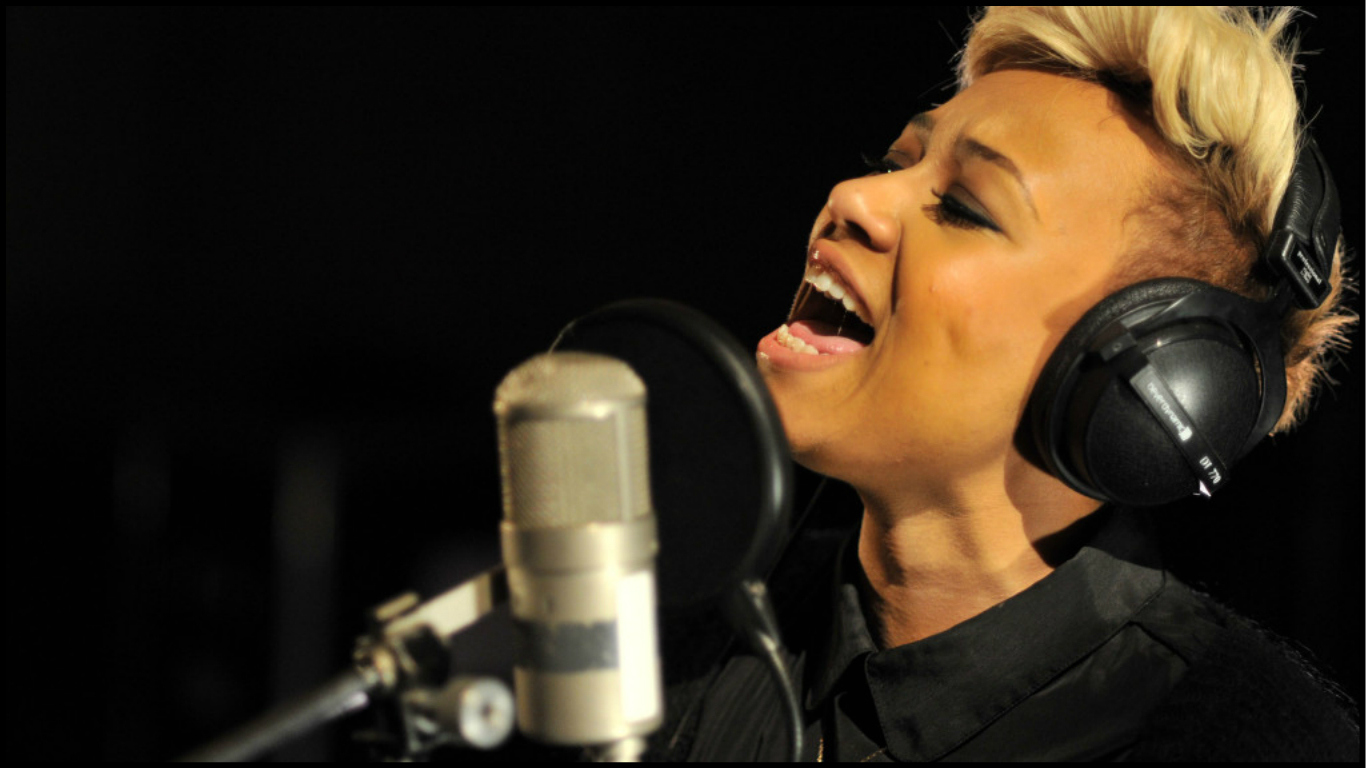
- This placement has the added benefit of also reducing the amount of sibilance captured by the mic, as high-frequency information is very directional, and the singer’s mouth won’t be aiming at the capsule directly.
Y – Y Axis (Vertical Angle): The angle at which the microphone is pointing up/down towards the singer’s mouth can also have a huge impact on their ability to perform. Here’s a short excerpt from my URM interview with Voicehacks founder Mary Zimmer on the subject:
“Stop getting vocalists to aim upwards into the microphone while recording! It’s well intended by the engineers, but actually causes their throat to respond to the thought of looking upwards. The result is the singer’s larynx shooting up in a non-relaxed position, making it much harder to sing…”
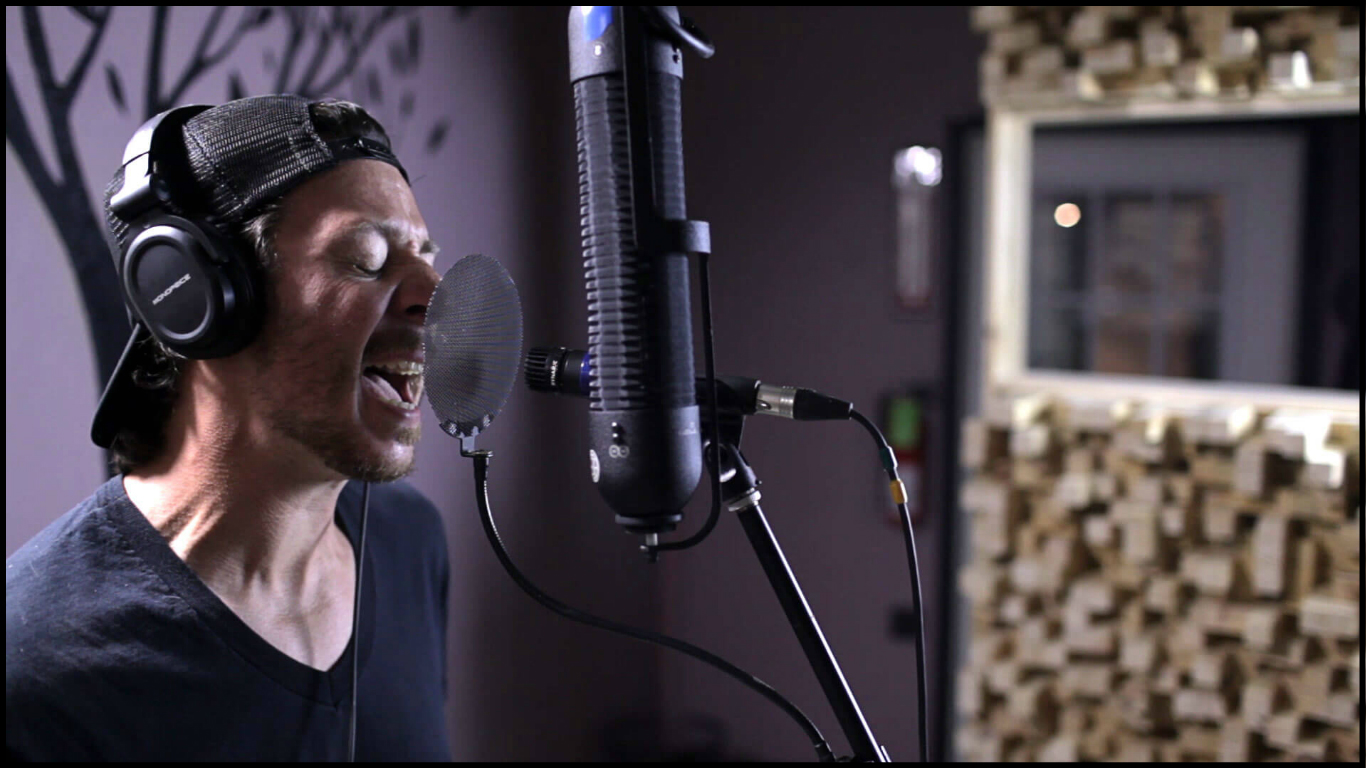
“It’s way easier for a singer to sing a high note while looking DOWN! This being the case, I want all engineers to stop putting the microphone above the singer, and instead to place it straight in-front, or slightly below their mouth at a 45-degree angle.” – Mary Zimmer
Z – Zone: Although it may seem silly, some singers give their best vocal performances when recording in an environment that matches the vibe of their lyrics:

- For this reason, it’s important not to just brush-off their requests as “unnecessary”, and to always try and accommodate the needs of the person you’re working with for the greater good of the song. (Anyway, who doesn’t love a good candle-lit tracking session?!?)
CONCLUSION:
If you were to make a list of your favourite songs of all time, how many of them would make it on there based primarily on the vocals? My guess? Probably a lot of them.
This simply comes down to the fact that the human voice is able to convey feeling and emotion unlike any other instrument, and therefore has the power to transform a song into something truly special when operated, and captured to its full potential.
Given what’s at stake, always make sure you’re putting in the necessary time and effort towards making sure you’re vocals are as good as can possibly be!
FINAL WORDS:
This concludes “The A-Z Of Recording Vocals (Part 2)”. I hope that this article has given you some new ideas to try out during your next project. Be sure to comment below if any of this information has helped you out, or if you have any questions.
Thomas Brett is a producer, mixing engineer and songwriter at Brett Brothers recording studio in the UK. Check out the Brett Brothers studio website for more information and articles on all things mixing www.brettbrothersstudio.com
Check out The A to Z of Recording Vocals (Part 1) here
Want mix tips from Thomas Brett? Read them here!
 Nail The Mix is our online mixing school that gives you REAL multi-tracks from REAL bands, plus a mixing class from the producer who recorded it. Past guests include Periphery, Chelsea Grin, Machine Head and State Champs. Join now for instant access!
Nail The Mix is our online mixing school that gives you REAL multi-tracks from REAL bands, plus a mixing class from the producer who recorded it. Past guests include Periphery, Chelsea Grin, Machine Head and State Champs. Join now for instant access!
